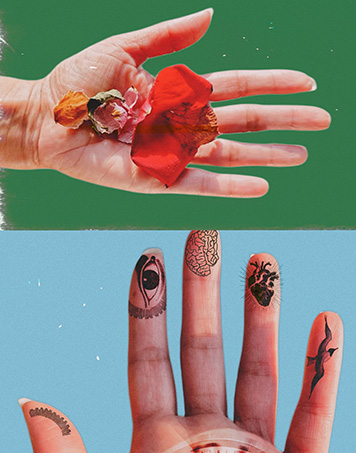Disclaimer:
Saturday, October 31th 10:30 – 12:00
Session Room: Miss Lou’s Room
1) Christine Moreland, University of Leicester
Museums are trusted spaces within society that represent nations and peoples by interpreting their cultural objects. The images, text, video and public programming that comprise this interpretation deliver implicit and explicit messages to visitors. These ideas can support dominant notions of nationhood or they can provoke debate and subvert traditional ideals. As museums are considered intellectual institutions by society, the information within their exhibits is trusted by visitors.
Over the years, western museums have faced criticism for idealizing their home nation and othering foreign nations. In an effort to combat this, many cultural institutions are encouraging museum staff to collaborate with the diverse communities they represent when creating exhibits.
This presentation will include several examples of exhibitions that were criticized for their representations of their home nation and “other” cultures. It will also highlight the successes and ongoing challenges faced by museums attempting to improve their practices by establishing diverse partnerships. Museums are aspiring to be places where people can engage in representing and redefining what their nationhood means to them. This is particularly important for national cultural institutions and institutions that hold diverse, world collections.
2) Cynthia Hawkins, University at Buffalo
Work on the museum by Tony Bennett and Carol Duncan assert that the museum is a site for the display of power, and as evidence of the states ability to control bodies and objects. The museum, as an educational site, affirms and acknowledges its public’s identity and citizenship by what it displays and how it organizes objects for its public consumption.
Early American museum formation disallowed African American access to the museum. That lack of access misrecognized African Americans as unassimilable by the state and as non-citizens.
Using Freud’s investigation into melancholia I will explore the museum as a site for the production of what I term ‘melancholy want’ to assert my claim that museum formation in the U.S. during the late 19th and early 20th century functioned within a cultural apparatus that was exclusionary, resulting in the construction of barriers to African American participation in the museum, and presentation of the cultural production of African Americans. Exclusionary practices led African Americans to enact performances of melancholy want due to delimited access in the cultural life of the nation and to the development of agential alternatives.
